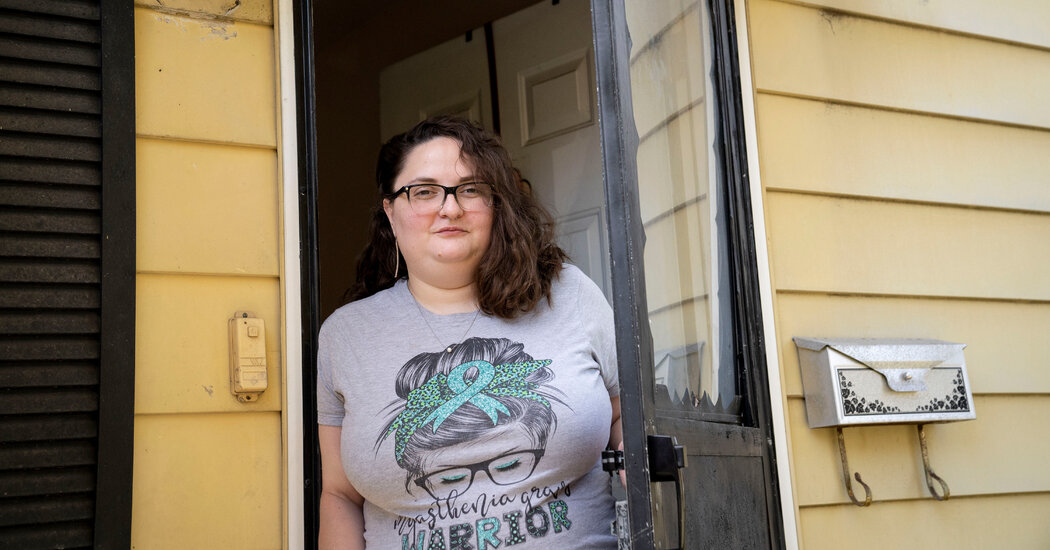
“Remote work and remote-work options are something that our community has been advocating for for decades, and it’s a little frustrating that for decades corporate America was saying it’s too complicated, we’ll lose productivity, and now suddenly it’s like, sure, let’s do it,” said Charles-Edouard Catherine, director of corporate and government relations for the National Organization on Disability.
Still, he said the shift is a welcome one. For Mr. Catherine, who is blind, not needing to commute to work means not coming home with cuts on his forehead and bruises on his leg. And for people with more serious mobility limitations, remote work is the only option.
Many employers are now scaling back remote work and are encouraging or requiring employees to return to the office. But experts expect remote and hybrid work to remain much more common and more widely accepted than it was before the pandemic. That may make it easier for disabled employees to continue to work remotely.
The pandemic may also reshape the legal landscape. In the past, employers often resisted offering remote work as an accommodation to disabled workers, and judges rarely required them to do so. But that may change now that so many companies were able to adapt to remote work in 2020, said Arlene S. Kanter, director of the Disability Law and Policy Program at the Syracuse University law school.
“If other people can show that they can perform their work well at home, as they did during Covid, then people with disabilities, as a matter of accommodation, shouldn’t be denied that right,” Ms. Kanter said.
Ms. Kanter and other experts caution that not all people with disabilities want to work remotely. And many jobs cannot be done from home. A disproportionate share of workers with disabilities are employed in retail and other industries where remote work is uncommon. Despite recent gains, people with disabilities are still far less likely to have jobs, and more likely to live in poverty, than people without them.
“When we say it’s historically high, that’s absolutely true, but we don’t want to send the wrong message and give ourselves a pat on the back,” Mr. Catherine said. “Because we’re still twice as likely to be unemployed and we’re still underpaid when we’re lucky enough to be employed.”